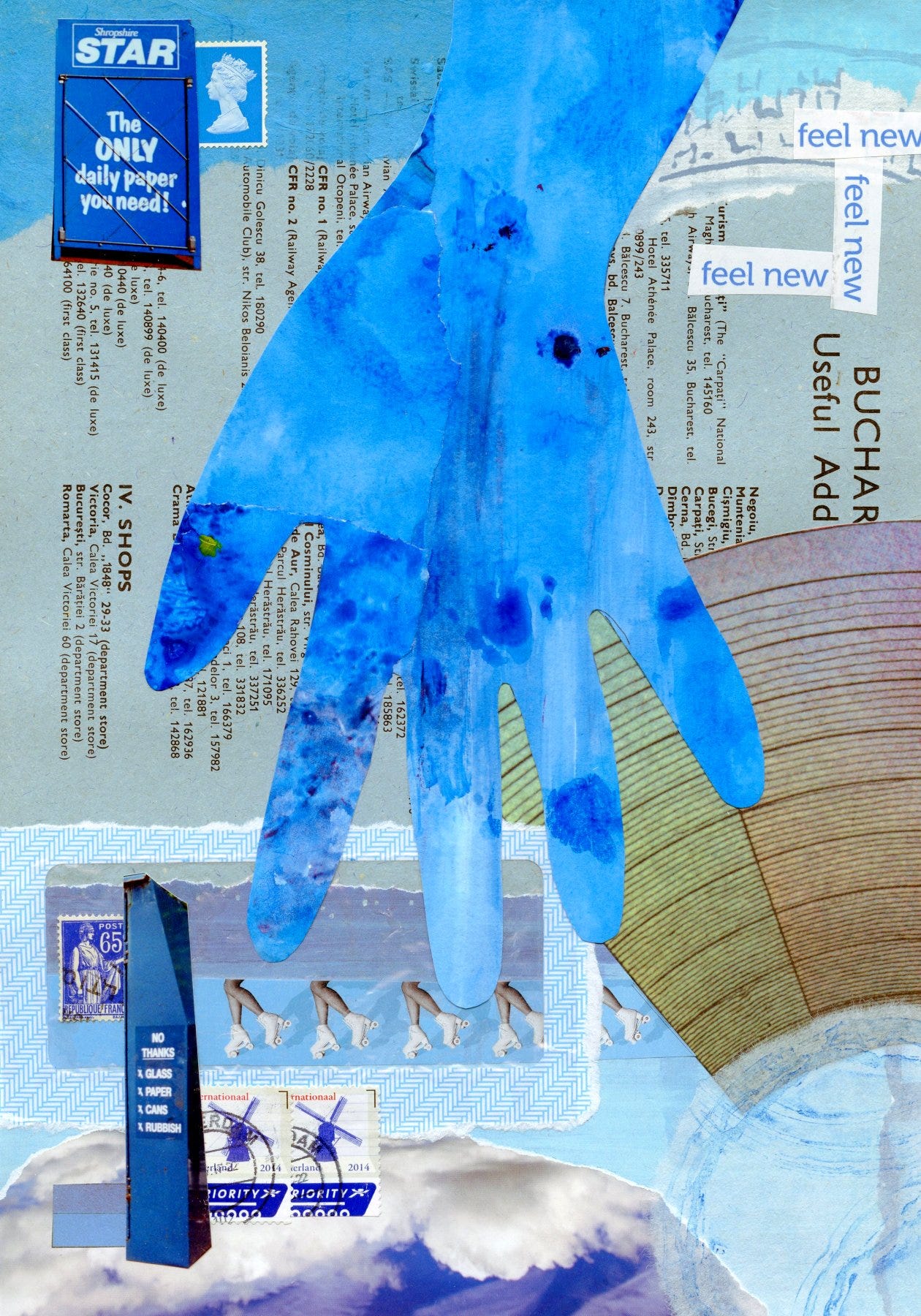Sample Parent Guide to the Creative Zone School
#CreativeFreedomAct #CultureShiftAct #CreativeSocietyAct

Once this new school system is established here is a sample Parent Guide for Creative Zone Schools to send out to parents.
Parent Guide to the Creative Zone School
How the Arts Support Academic Excellence
Dear Families,
Welcome to the Creative Zone School, where children learn not in isolation, but in relation. We believe every child is naturally curious, intelligent in many ways, and fully capable of mastering academic concepts - when they are taught in living, engaging, and meaningful forms.
Rather than dividing the day into disconnected subjects, we weave core academic standards into a tapestry of visual art, music, dance, theatre, storytelling, gardening, cooking, and craft. These are not extras. They are the mediums of mastery.
Here’s how it works:
Mathematics Through the Arts
Standards Met:
Measurement & Data
Geometry
Numbers & Operations
Patterns & Algebraic Thinking
How We Teach It:
Rhythm teaches fractions, ratios, and multiplication tables through embodied repetition
Weaving and tiling projects teach spatial reasoning and geometric principles
Music composition explores pattern recognition and mathematical structure
Cooking lessons include weighing, measuring, proportions, and budgeting
Garden planning introduces area, perimeter, sequencing, and time intervals
Why It Works:
Children develop intuitive number sense when math is embedded in action, sound, shape, and real-world needs. It becomes relevant, memorable, and empowering.
Language Arts Through Poetry & Storytelling
Standards Met:
Reading Comprehension
Writing Process & Grammar
Speaking & Listening
Vocabulary Development
Research and Presentation
How We Teach It:
Students write poems, journals, and stories tied to thematic units
Myths and legends are read aloud, dramatized, and rewritten from multiple perspectives
Oral storytelling improves fluency, sequencing, and memory
Theatre projects hone expressive reading, public speaking, and collaborative narrative building
Song lyrics and chants enhance vocabulary and pronunciation
Why It Works:
Language becomes personal and dynamic when connected to the imagination, voice, and body. Students learn not just to decode, but to mean.
Science Through Observation and Creation
Standards Met:
Life, Earth & Physical Science
Inquiry & Investigation
Data Collection & Classification
Systems & Interdependence
How We Teach It:
Gardening teaches ecosystems, botany, climate, and soil science
Visual art teaches anatomy, weather cycles, water flow, and light
Cooking connects chemistry and biology through transformation and nourishment
Students build models, conduct sensory experiments, and document field observations
Thematic units like The Journey of a Seed integrate every facet of natural science
Why It Works:
Science is not just about facts - it’s about noticing, questioning, and testing. Artistic practices teach students to observe deeply and think holistically.
Social Studies Through Role Play & Collective Memory
Standards Met:
History & Cultures
Civics & Government
Geography
Economics
Social Responsibility
How We Teach It:
Students reenact historical events and embody different points of view
Mapping activities integrate geography with visual arts and storytelling
Classrooms function as micro-democracies with student decision-making councils
Craft projects explore ancestral knowledge and traditional trades
Cultural rituals and holidays are studied and celebrated through dance, food, and story
Why It Works:
Children learn empathy and systems thinking by becoming the people they study. History becomes lived, not memorized.
Technology & Media Literacy
Standards Met:
Digital Citizenship
Research and Information Literacy
Communication & Design
Media Critique & Content Creation
How We Teach It:
Students design visual stories, presentations, and short films
They analyze advertisements and media messages critically
They learn to code simple animations or soundscapes
They explore the ethics of media and the power of narrative framing
Why It Works:
We prepare students not just to use technology, but to understand it—as creators, not just consumers.
Our Promise
We meet or exceed your state’s academic standards
We nurture the whole child: emotionally, socially, intellectually, artistically
We assess growth through portfolios, performances, projects, and reflection—not just tests
We cultivate curiosity, joy, and deep inner confidence
What You Can Do at Home
Ask your child what story or image stood out to them each day
Join us for performances, exhibitions, and garden days
Read, cook, draw, dance, and wonder with your children - this reinforces the model
In the Creative Zone School, your child is not just preparing for the future - they’re already living in it, creatively, compassionately, and courageously.
We’re honored to learn alongside them-and with you.
Warmly,
The Creative Zone School Staff
Start with the children. Start with the arts.
Myself, I am a studio artist and a citizen. My job and my duty is to start the conversation and seed the imagination. It is up to others in the right places to nurture it into a reality. We all have a part to play. What’s your part? Do it.
Hashtags to use: #CreativeFreedomAct #CultureShiftAct #CreativeSocietyAct
web address: https://www.touchonian.com/s/creative-freedom-act



Great! For example: I had an older student who recognized me and told me, "I learned fractions through your music class. I did't understand fractions in my math class."